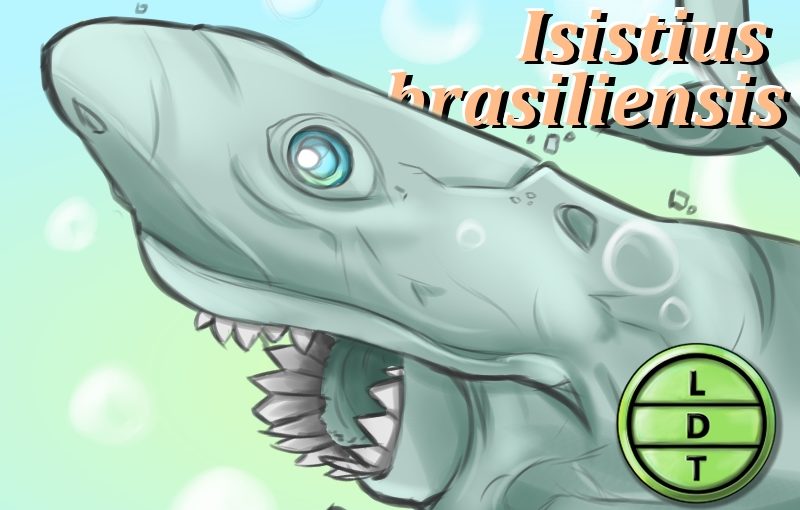“…and today we are talking about a ugly little baker that makes the kind of cookies only a predatory fish would love. But more on that later.”
During the Cold War, the U.S. Navy’s fleet of nuclear submarines seemed invincible. A highly-mobile underwater tank with the capability of destroying entire cities, this death star of the deep had one fatal weakness. A small squadron of rebel sharks posed the greatest threat to U.S. security. But how did a tiny fish do so much damage? This fresh batch of treats flips the tables and takes a bite out of war crime here in Life Death and Taxonomy.
Description
- The cookie cutter shark is a small sea alien that is about as pleasing to look at as other deep sea fish. It has a long torpedo shape body, similar to the greenland shark, except smaller.
- The shark is brown to light tan with large eyes set close to the front of the head, though it still has monocular vision.
- It’s mouth is located at the bottom of it’s head and it’s small razor sharp teeth are surrounded by large fleshy lips.
Measure Up
Welcome to the listener’s favorite part of the show (until empirical evidence shows otherwise), the part of the show where I pose quiz questions to Carlos to convey the animal’s size and dimensions in relatable terms. Welcome back to the season of woe. The season in which the questions are harder and more relatable than ever.
It’s also the part of the show that’s introduced by either a listener or an animal. If you would like to submit your own measure up intro, just say, sing, or bark the words “measure up” into your phone’s recording app and email it to ldtaxonomy at gmail dot com. Today we have a brand new submission from a listener named Alona! Without further ado, the listener’s favorite part of the show!
Length
The cookie cutter shark is between 42 and 56 cm (16.5–22 in). Let’s call it 19 inches.
- Question: How many cookie cutter sharks go into the diameter of the world’s largest cookie (30.7 m (101 ft))?
- Hint: The cookie was baked by the Immaculate Baking Company in 2003 in Flat Rock, North Carolina.
- Answer: 63.7 sharks
Daily Diving Depth
Cookie travels a vertical distance of 3 km (1.9 mi) to the surface each day at dusk to feed and then back down at dawn.
- Question: How many depths of the Jinping Underground Laboratory in China (2,400 m (7,900 ft)), the world’s deepest building, go into the cookie cutter shark daily diving depths?
- Hint: The laboratory is designated for dark matter physics. Dark matter is the theoretical substance that holds galaxies together, does not interact with light or mater in a way we can detect, and makes up more of the universe than normal matter. A lot more.
- Answer: 1.2 Jinping depths.
Fast Facts
- Cookie likes warm tropical waters and can be found all over the world’s warm oceans.
- It especially likes the Bahamas, Brazil, Sierra Leone, Angola, South Africa and the Indo-pacific region.
- If you live in those areas, don’t worry, it doesn’t usually swim where people are.
- It lives in deep water, over two miles deep during the day, and swims to about 85 m (279 ft) at night.
- On rare occasions, it may come to the surface.
- Cookie is an ambush predator that relies on quick bursts of speed rather than fast chases.
- It spends most of its time floating in open water.
- It has denser bones than other fish in the genus, but it also has a large liver that’s rich with low density lipids that help maintain a neutral buoyancy.
- Cookie is bioluminescent. It has one of the strongest bioluminescent glows of any shark.
- It glows green on its ventral side. That means it’s belly.
- It’s thought that this helps it hide it’s silhouette from being spotted from below.
- If a predator sees it above against the light from the surface, the green glow helps it to blend in.
- We’ve talked about countershading. This is called counter-illumination.
- They also have a patch of non-luminescence on their throats that are designed to mimic a smaller fish.
- This is used as a lure for the kind of predator that Cookie can turn into prey.

